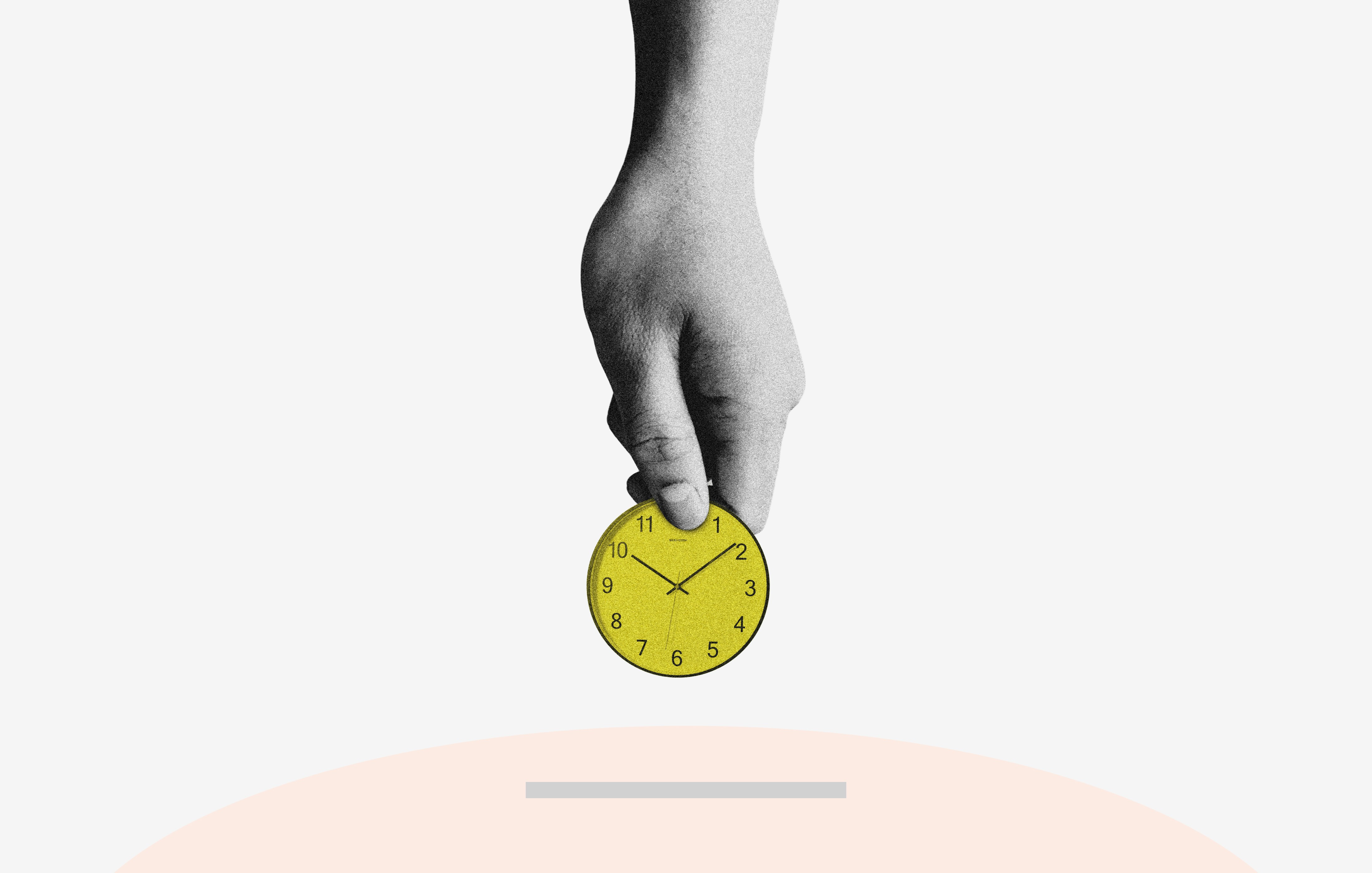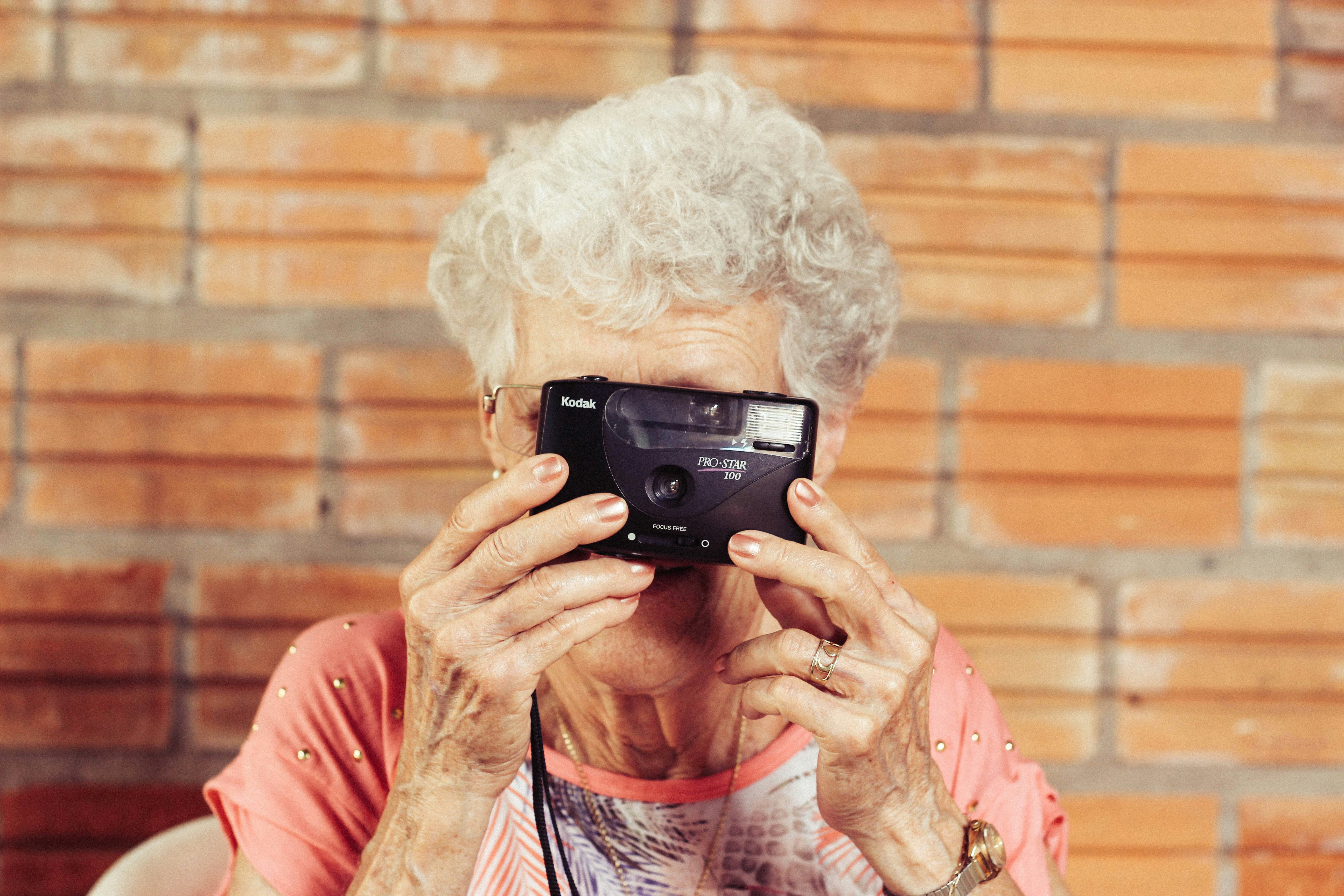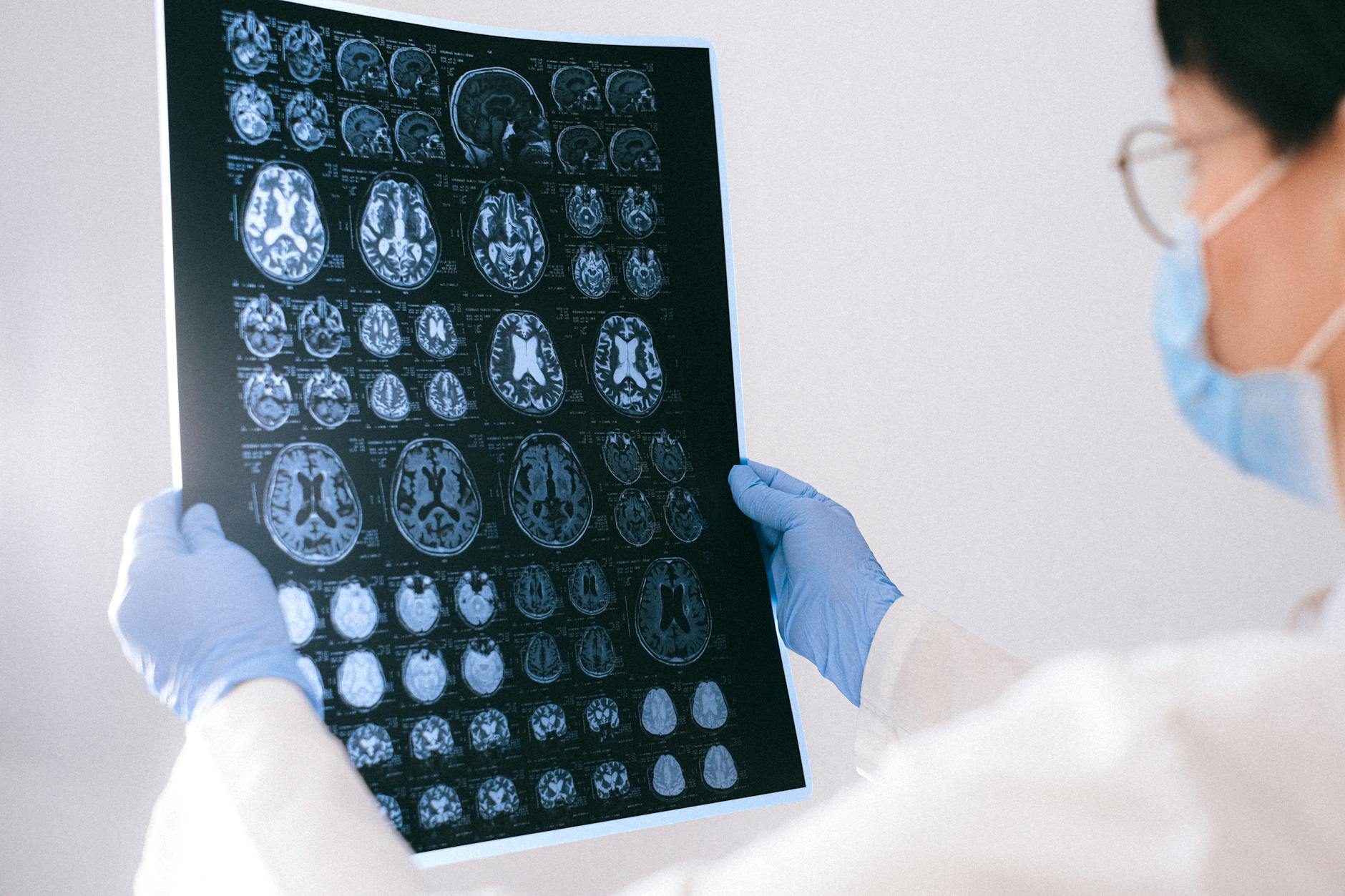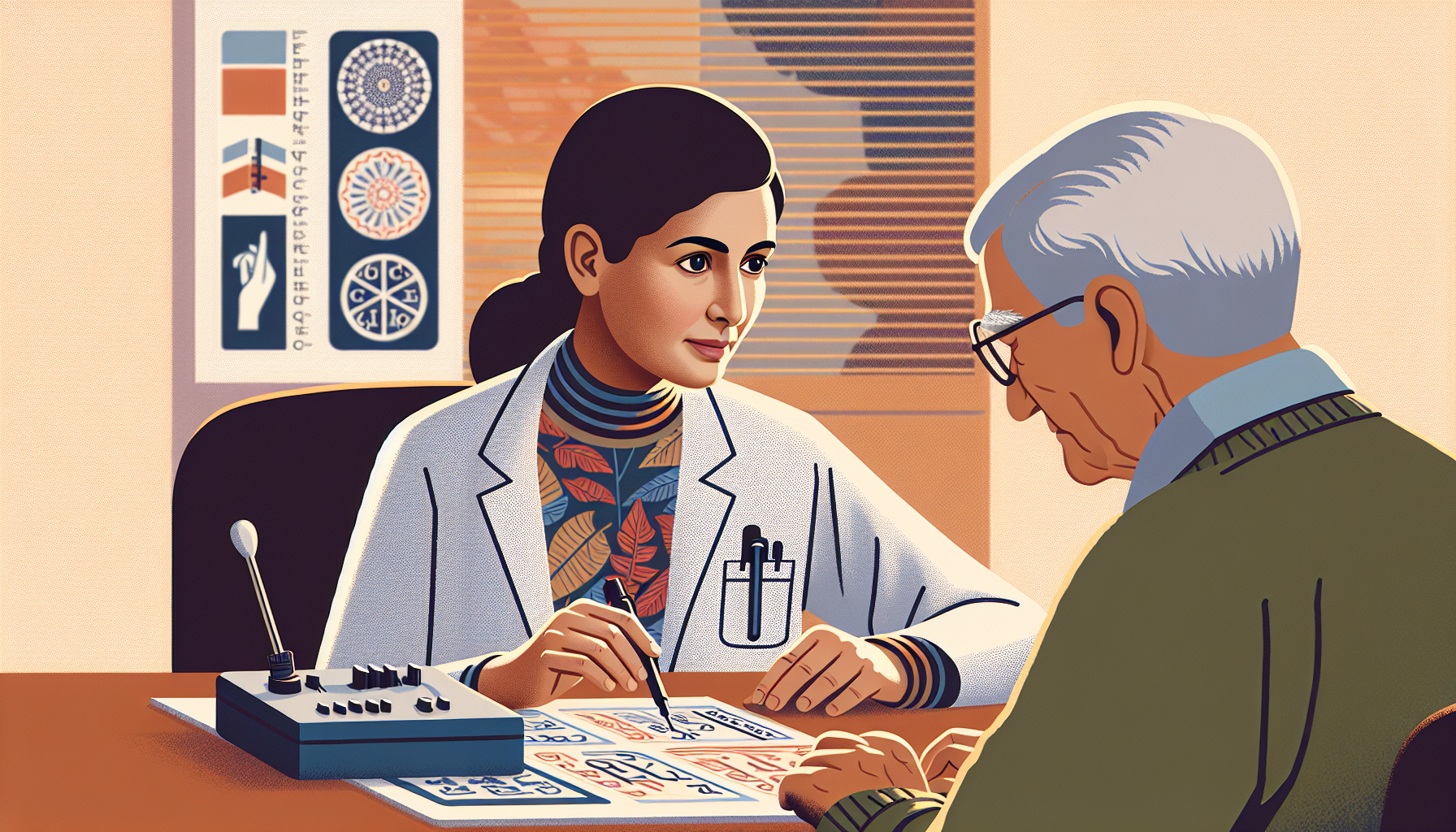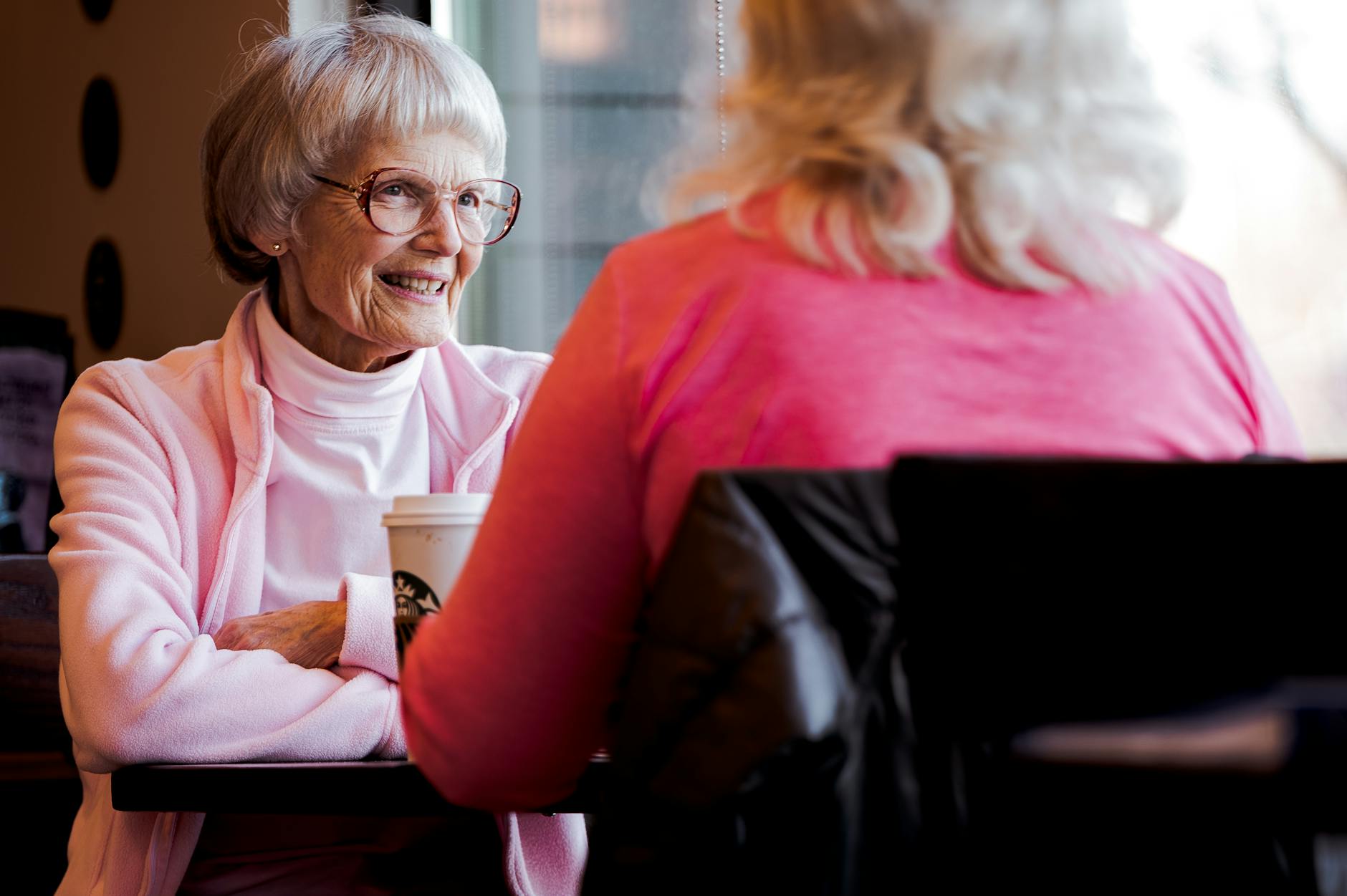What's The Difference Between ADLS vs. IADLS?
Learn the difference between ADLs and IADLs to provide better care for seniors and those with disabilities. Essential self-care tasks explained.
.jpg)
What's The Difference Between ADLS vs. IADLS?
When it comes to providing care for elderly or senior individuals, it's essential to understand the concept of Activities of Daily Living (ADLs). ADLs refer to the fundamental self-care tasks that individuals typically perform on a daily basis to maintain their well-being and independence. Let's delve into what ADLs entail and provide some examples.

What are ADLs?
ADLs encompass a range of basic activities that are necessary for an individual's personal care and overall functioning. These activities are divided into different categories and reflect an individual's ability to independently perform essential tasks. ADLs are a crucial consideration in healthcare, rehabilitation, and occupational therapy settings as they serve as a measure of an individual's functional abilities.
Examples of ADLs
To better understand ADLs, let's take a look at some common examples:
- Personal Hygiene: This category includes activities related to maintaining personal cleanliness, such as bathing or showering, grooming (brushing teeth, combing hair), and toileting (using the toilet and maintaining continence).
- Dressing: Dressing refers to the ability to independently select and put on appropriate clothing, including undergarments, socks, and shoes.
- Eating: This category involves the ability to feed oneself independently, including the physical act of bringing food to the mouth and being able to swallow safely.
- Mobility: Mobility encompasses activities related to moving around and transferring oneself from one place to another. It includes tasks such as walking, sitting down, or standing up from a chair or bed, and getting in and out of vehicles.
- Continence: Continence refers to an individual's ability to control bladder and bowel functions and maintain personal hygiene related to elimination.
- Basic Cognitive Skills: Although not typically included in the traditional ADLs, basic cognitive skills play a significant role in an individual's ability to perform self-care tasks. These skills include memory, problem-solving, and decision-making.
By assessing an individual's ability to perform ADLs, healthcare professionals can determine their level of independence and identify areas where support or intervention may be needed.
Understanding and supporting ADLs is crucial for caregivers and healthcare professionals alike. By recognizing the importance of these activities and providing appropriate assistance or intervention, we can enhance the quality of life for individuals in need of care.
Exploring Instrumental Activities of Daily Living (IADLs)
In addition to the basic activities of daily living (ADLs), instrumental activities of daily living (IADLs) play a vital role in maintaining independence and functioning in daily life. While ADLs focus on essential self-care tasks, IADLs encompass more complex activities that are necessary for living independently in the community.
What are IADLs?
IADLs refer to a set of activities that are crucial for managing one's home and daily life. These activities require a higher level of cognitive and physical functioning compared to ADLs. IADLs are typically associated with more complex problem-solving, decision-making, and organizational skills.
Examples of IADLs include:
- Managing Finances: This involves tasks such as paying bills, budgeting, and handling financial transactions.
- Meal Preparation and Planning: Planning and preparing meals, considering dietary restrictions, and grocery shopping fall under this category.
- Household Chores: Activities like cleaning, laundry, and maintaining the cleanliness and safety of the living environment.
- Transportation: Organizing and utilizing transportation methods, whether it's driving, using public transportation, or arranging for rides.
- Medication Management: This includes tasks such as filling prescriptions, organizing medications, and following prescribed dosages and schedules.
- Communication and Technology: Using phones, computers, and other devices to stay connected with others, access information, or engage in leisure activities.
Examples of IADLs
To provide a clearer understanding, here are some specific examples of IADLs and the skills they require:
Understanding the distinction between ADLs and IADLs is crucial for caregivers and healthcare professionals in assessing an individual's functional abilities and providing appropriate support.
By recognizing the significance of IADLs, caregivers can identify areas where their assistance may be needed and develop strategies to help individuals maintain their independence and overall well-being. Remember, seeking professional assistance, if needed, can provide valuable guidance and support in managing IADLs effectively.
Key Differences Between ADLs and IADLs
When it comes to activities related to daily living, there are two main categories to consider: Activities of Daily Living (ADLs) and Instrumental Activities of Daily Living (IADLs). While both types of activities are essential in maintaining independence and quality of life, there are several key differences between them.
Definition and Purpose
ADLs refer to the basic self-care tasks that individuals need to perform on a daily basis to take care of their personal needs. These activities are essential for maintaining health, hygiene, and overall well-being. Examples of ADLs include bathing, dressing, grooming, eating, toileting, and transferring (moving from one position to another).
On the other hand, IADLs encompass more complex activities that are necessary for independent living within the community. These activities are not directly related to personal care but are crucial for managing one's household and participating in society. Examples of IADLs include meal preparation, housekeeping, managing finances, transportation, shopping, and managing medications.
Level of Independence Required
Another notable difference between ADLs and IADLs is the level of independence required to perform these activities. ADLs are typically more fundamental and require a higher level of physical functioning. They often involve basic motor skills, balance, coordination, and strength. Individuals with limitations in these areas may require assistance or adaptive equipment to perform ADLs.
In contrast, IADLs require a higher level of cognitive functioning and problem-solving skills. These activities involve more complex decision-making, planning, organization, and memory. Individuals with cognitive impairments or limitations may face challenges in independently managing IADLs and may require assistance or supervision.
Impact on Daily Functioning
ADLs and IADLs have a significant impact on an individual's overall daily functioning and quality of life. ADLs are essential for maintaining personal hygiene, health, and social interaction. Difficulties or limitations in performing ADLs can lead to decreased independence, increased reliance on caregivers, and potential declines in physical and mental well-being.
Similarly, IADLs play a crucial role in an individual's ability to live independently in the community. These activities contribute to maintaining a safe and functional living environment and facilitate active participation in society. Difficulties in managing IADLs can impact an individual's ability to live independently, maintain a household, and engage in meaningful activities.
Understanding the differences between ADLs and IADLs is vital for caregivers and healthcare professionals. By assessing an individual's abilities and limitations in these areas, appropriate support and assistance can be provided to maximize independence and quality of life.
In the next sections, we will explore the significance of ADLs and IADLs in caregiving, as well as provide tips for supporting individuals in performing these activities. Stay tuned for more valuable insights on this topic.
Challenges Faced by Seniors or those with Disabilities in Performing ADLs and IADLs
As we age or face physical or cognitive limitations, it can become harder to perform basic tasks like bathing, dressing, cooking, and managing finances. These tasks are called Activities of Daily Living (ADLs) and Instrumental Activities of Daily Living (IADLs), and they're essential for maintaining our independence and quality of life. ADLs include tasks like eating, dressing, and bathing, while IADLs include more complex tasks like managing finances, grocery shopping, and using transportation.
For example, arthritis might make it difficult to fasten buttons or zippers when getting dressed, while memory loss may make it hard to remember to take medications as prescribed. Plus, some seniors or individuals with disabilities might feel embarrassed or frustrated when they can't do these things on their own anymore.
But by understanding these challenges, we can provide compassionate care that addresses their unique needs and helps them maintain as much independence as possible. That might mean providing assistance with daily tasks or finding adaptive equipment that makes it easier for them to complete these tasks on their own.
There are many resources available to help individuals and their caregivers navigate these challenges. The National Institute on Aging provides a helpful overview of ADLs and IADLs, as well as tips for caregivers and information on how to find local resources. Additionally, the Centers for Medicare & Medicaid Services offer home health services that can provide skilled care for individuals who need assistance with ADLs and IADLs.
By recognizing the importance of ADLs and IADLs and providing appropriate support, we can help individuals maintain their independence, dignity, and quality of life.
Importance of ADLs and IADLs in Caregiving
When it comes to caregiving for elderly or senior individuals, understanding and addressing their activities of daily living (ADLs) and instrumental activities of daily living (IADLs) are crucial. These tasks play a significant role in assessing their functional abilities, providing necessary support and assistance, and ultimately enhancing their quality of life.
Assessing and Monitoring Functional Abilities
Assessing and monitoring ADLs and IADLs are essential for caregivers to understand an individual's level of independence and functional abilities. By evaluating their performance in various tasks, such as bathing, dressing, meal preparation, or managing finances, caregivers can identify areas where assistance may be required. Regular assessment and monitoring provide valuable insights into any changes or declines in functional abilities, allowing caregivers to adapt their care plans accordingly.
Providing Support and Assistance
One of the primary responsibilities of caregivers is to provide support and assistance to individuals with ADL and IADL tasks. For ADLs, this may involve helping with personal hygiene, grooming, mobility, and eating. Caregivers may need to assist with tasks such as bathing, toileting, getting dressed, or transferring from one place to another. When it comes to IADLs, caregivers might offer support with activities like grocery shopping, managing medications, housekeeping, transportation, or scheduling appointments. By providing the necessary support, caregivers ensure that individuals can maintain their independence and accomplish these essential tasks.
Enhancing Quality of Life
Engaging in meaningful ADLs and IADLs contributes to an individual's overall well-being and quality of life. By assisting with these tasks, caregivers help individuals maintain their autonomy, dignity, and sense of purpose. Supporting individuals in ADLs and IADLs fosters a sense of independence and self-confidence, which can have a positive impact on their emotional and mental well-being. Additionally, by ensuring that individuals can successfully complete these tasks, caregivers promote safety, comfort, and a sense of control.
As a caregiver, understanding the importance of ADLs and IADLs is crucial for providing comprehensive care. By assessing and monitoring functional abilities, providing support and assistance, and enhancing the quality of life through these activities, caregivers play a vital role in promoting the well-being and independence of the individuals they care for.
Tips for Supporting ADLs and IADLs
As a caregiver, supporting and assisting individuals with their Activities of Daily Living (ADLs) and Instrumental Activities of Daily Living (IADLs) is crucial for their well-being and independence. Here are some helpful tips to create a supportive environment and encourage independence while providing the necessary care.
Creating a Supportive Environment
- Modify the living space: Make necessary adjustments to the home environment to enhance accessibility and safety. Install grab bars in the bathroom, ensure sufficient lighting, and remove any tripping hazards.
- Organize and label: Arrange items in an organized manner and label them to help individuals easily find what they need. This can include labeling drawers, cabinets, and clothing to promote independence and reduce frustration.
- Adaptive equipment: Consider using adaptive equipment, such as shower chairs, reachers, or buttonhooks, to assist with ADLs and IADLs. These tools can help individuals with limited mobility perform tasks more independently.
Encouraging Independence
- Break tasks into manageable steps: For individuals who find ADLs or IADLs challenging, break down tasks into smaller, more manageable steps. This can make the overall process less overwhelming and help build confidence in their abilities.
- Provide verbal cues and reminders: Offer gentle reminders and verbal cues during ADLs and IADLs to help individuals stay on track and complete tasks. For example, you can remind them to brush their teeth or put on their shoes.
- Encourage decision-making: Whenever possible, involve individuals in decision-making regarding their care. This can include allowing them to choose their clothing or decide on meal preferences. Empowering them with choices fosters a sense of autonomy and dignity.
Seeking Professional Assistance
- Consult healthcare professionals: Reach out to healthcare professionals, such as occupational therapists or home healthcare agencies, for guidance and recommendations on how to best support individuals with their ADLs and IADLs. They can provide valuable insights and suggest specific strategies tailored to the individual's needs.
- Consider respite care: Caregiving can be physically and emotionally demanding. It's important to prioritize self-care and seek respite whenever needed. Respite care services can offer temporary relief for caregivers, allowing them to recharge and maintain their own well-being.
Remember, each individual's needs and abilities may vary, so it's important to adapt these tips accordingly. By creating a supportive environment, encouraging independence, and seeking professional assistance when necessary, caregivers can help individuals maintain their dignity, autonomy, and quality of life.
FAQs
Can a person with a disability learn to perform ADLs and IADLs independently?
It depends on the type and severity of the disability. Some disabilities may make it challenging or impossible for a person to learn certain tasks, while others may require accommodations or adaptive equipment. In some cases, therapy or training can help an individual improve their abilities and learn new skills.
Is there any financial assistance available for seniors or those with disabilities who need help with ADLs and IADLs?
Yes, there are several programs that provide financial assistance for individuals who need help with ADLs and IADLs. These include Medicaid, Medicare, Veterans Affairs benefits, and private insurance plans. Additionally, some non-profit organizations offer financial support for caregiving services.
What should I do if my loved one is struggling with ADLs or IADLs?
If your loved one is struggling with ADLs or IADLs, it's important to first talk to them about their needs and preferences. They may be hesitant to ask for help but may appreciate your support in maintaining their independence. You can also consult with a medical professional or care provider to determine the appropriate level of care needed.
Summary
In conclusion, while ADLs and IADLs may sound similar, they are unique categories of self-care tasks that require different levels of ability and support. Understanding the difference between the two can help caregivers and family members provide the appropriate level of care and support, while also helping seniors or those with disabilities maintain their independence and quality of life.






































